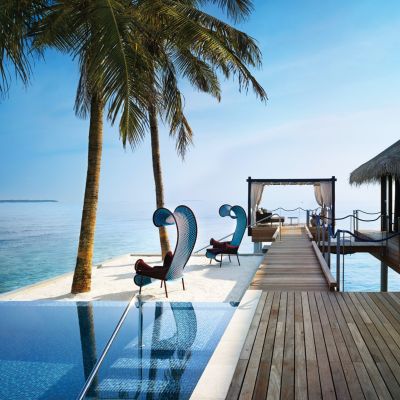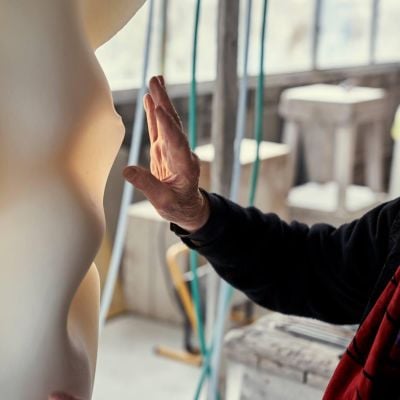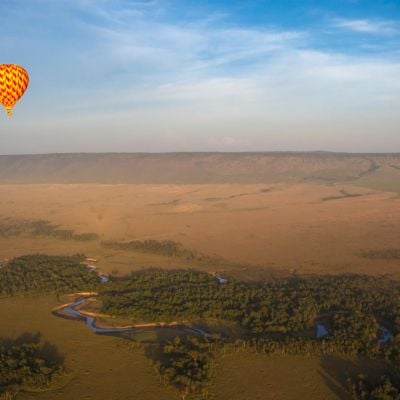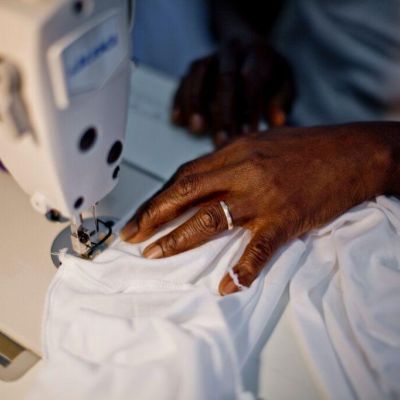Rubondo Island: Tanzania's Chimpanzee Haven
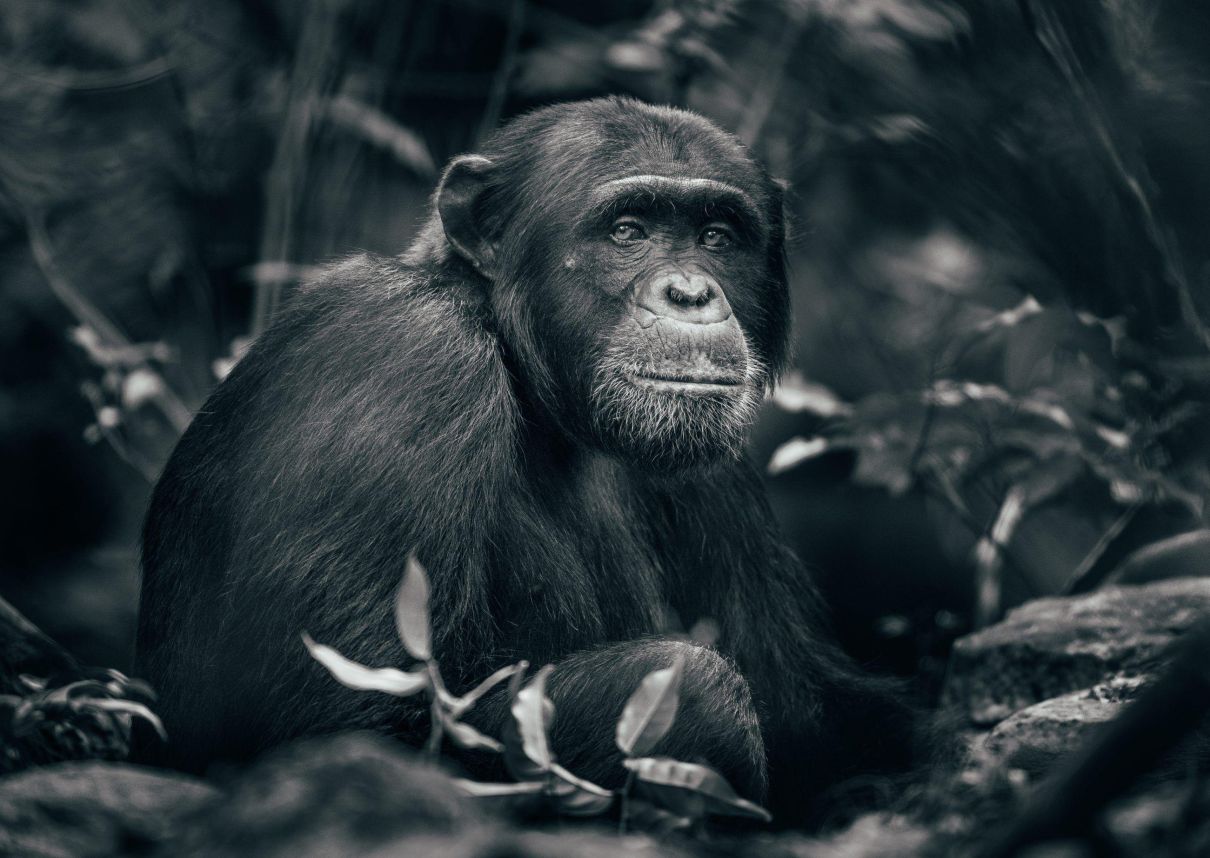
Thanks to a 1960's conservation project, there is a growing population of wild chimpanzees on Rubondo Island.
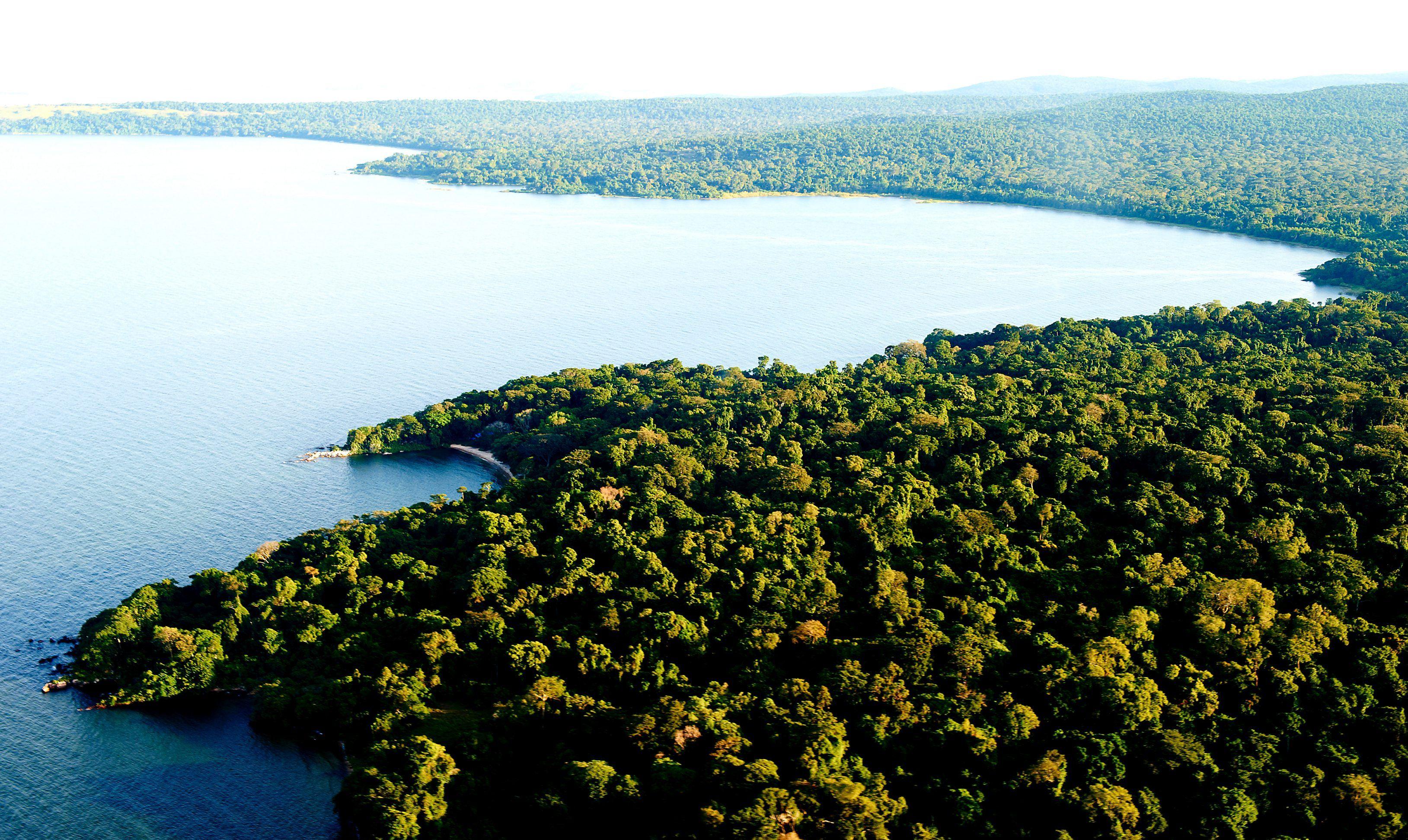
Rubondo is situated in the southern edges of Lake Victoria and is home to one of the African continent’s most unique conservation stories. Rescued from various European zoos and circuses in the 1960s, 14 chimpanzees were released by Prof Bernhard Grzimek onto the island.
Nearly 60 years later, they number over 50 thanks to the hard work and effort of Asilia Africa (a luxury safari-experience operator) and Tanzania National Parks Authority (TANAPA).
Asilia now runs Rubondo Island Camp (the only one on the verdant island), offering eight cottages with unspoilt views of Lake Victoria. While the island is filled with larger mammals such as elephants, giraffes, and hippos, it’s our primate cousins who steal the show.
The company has recently started its Chimpanzee Habituation Experience. In cooperation with TANAPA, Asilia has created a wild habituation programme, meaning strictly no interference with natural behaviours but slowly accustoming chimpanzees to a human presence over time.
As a wildlife photographer, getting up close and personal with chimps has been a lifelong dream. So, as you can imagine, when offered the chance I was practically already boarding the flight to Dar es Salaam, Tanzania’s capital.
On my trip to Rubondo I was working with two specialist chimp guides (one aptly named Goodluck) and a team of 12 chimp trackers. For Asilia and TANAPA, it’s imperative that guests to the island meet the chimps. For one, it’s an experience like no other. Moreover, it also increases word of mouth about the island: the more people who know about it, the better the programme can be funded.
Our first few days were spent trekking through lush, pristine rainforest. Along the way, we would bump into endemic sitatungas who, unlike their mainland siblings, have never been hunted. As a result, they’ll happily walk within metres of you, accepting you as part of the habitat. Bush bucks were casually feeding away, with elephant tracks stamped all over the paths and birds singing all around. I was promised a lush, green paradise and found just that: an Eden.
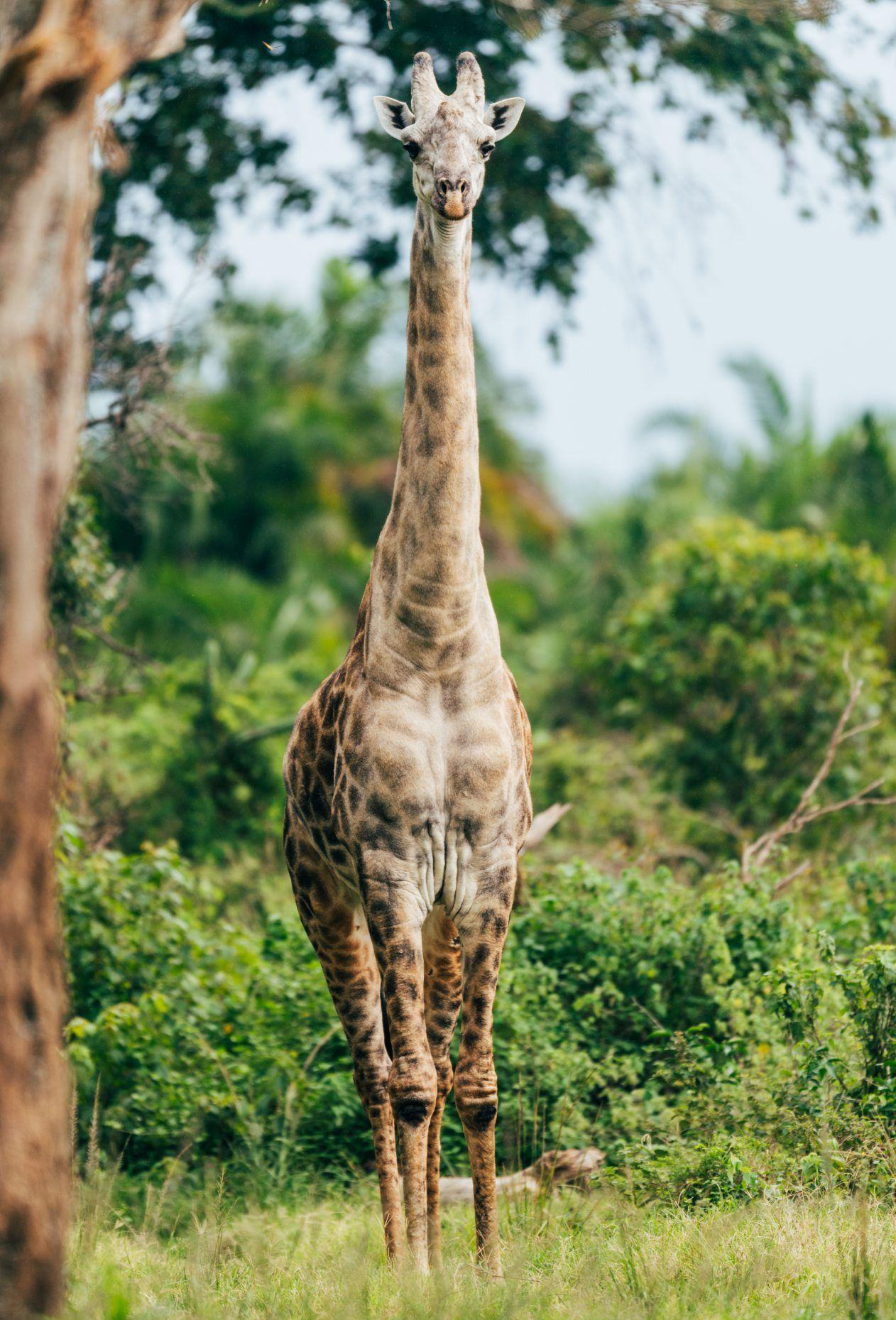
During the first four days, we would often hear the chimpanzees, only for them to slip through our grasp. The topography of the island lends itself well to tracking: it is shaped like a set of waves, with high peaks and lowland valleys. We, the guides and trackers, would perch atop the high points, listening for the calls below. Once the chimps started their chorus, we would descend into the valley in a net-like formation. Still though, the chimpanzees outwitted us.
Our primary challenge stemmed from the season; this was the junction between the dry and rainy seasons, with food being sparse. As such, the chimps cover great distances each day in search of a meal and they do so quickly. In the dry season, the chimps are known to stay in an area for days at a time, making tracking far easier.
Finally, on the fourth day, we had our first encounter. It lasted well over an hour, with the alpha male ‘greeting us’ to ensure we were no threat. His stare is like nothing I have ever experienced. When he looked toward us, he was looking at us, as people not objects. It was clear he was studying our faces, our behaviours, our every movement.
Our second encounter on the same day was nearly two hours, with the chimps fast asleep in the bush. Finally, just as I thought I would not get the clear shot I had wanted, the alpha male once again sought me out. Only 15m away, he sat calmly and looked at me. I have never felt so small in my life. I took a few images, then just enjoyed the moment. Even now, I get shivers up my spine recalling it. All the aches of the days of trekking were washed away and replaced with pure delight.
My final 48 hours on Rubondo were spent enjoying the facilities of the Island Camp: late breakfasts watching otters frolic in the lake; afternoons spent with the elephants; and evening swims in the pool with African grey parrots singing above. Hours were spent in a hammock with a pair of binoculars and a bird guide (and a G&T, of course). Who said wildlife watching can’t be luxurious?!
The future for Rubondo Island’s chimpanzees is bright. With increasing recognition, their well-being becomes ever more secure. With the species in decline across most of central and western Africa, Rubondo Island is a shining example of what chimpanzee conservation could and should look like.


